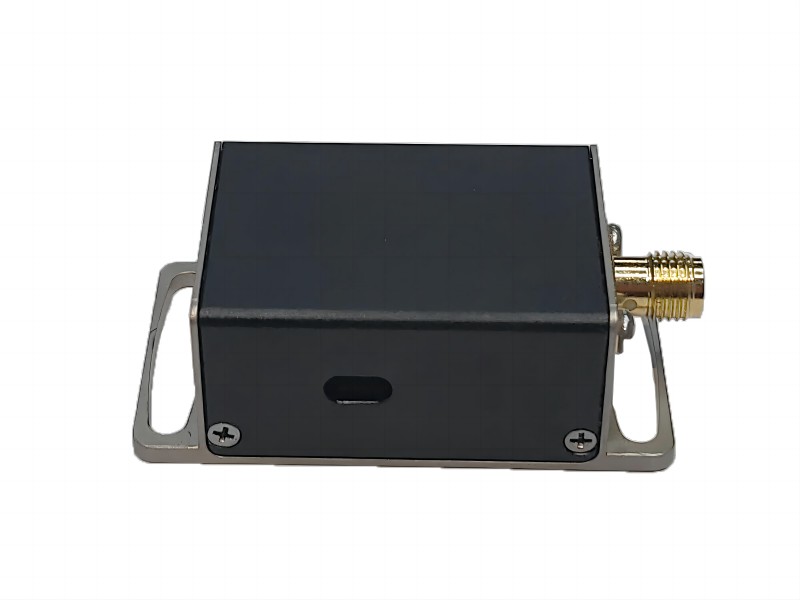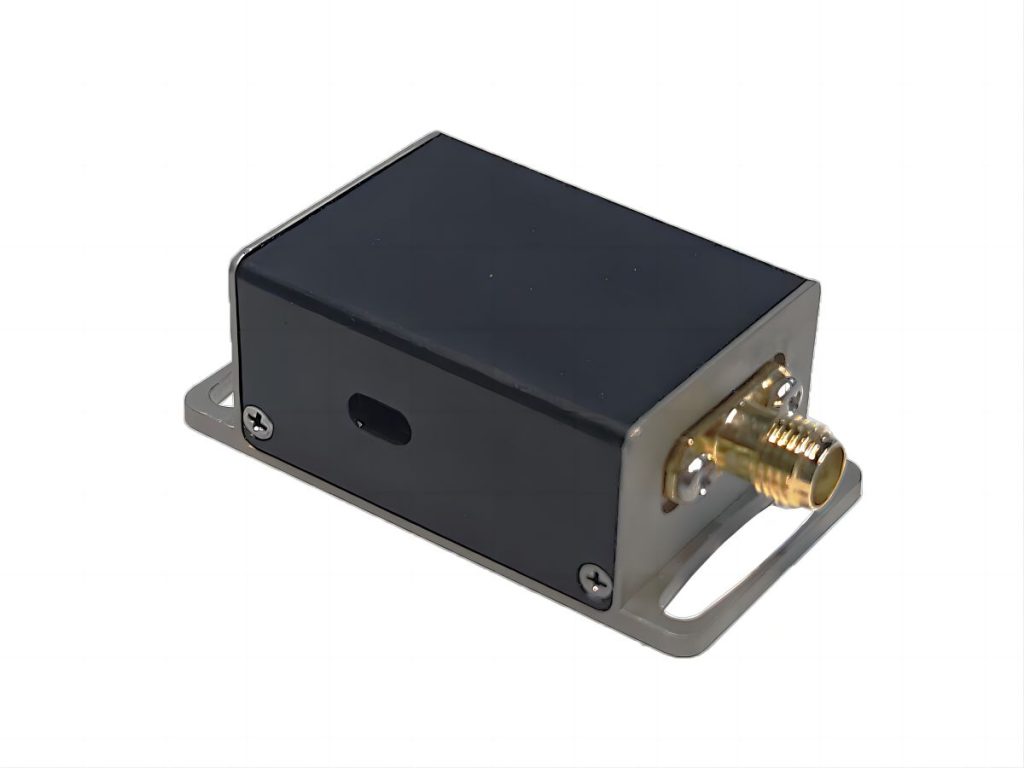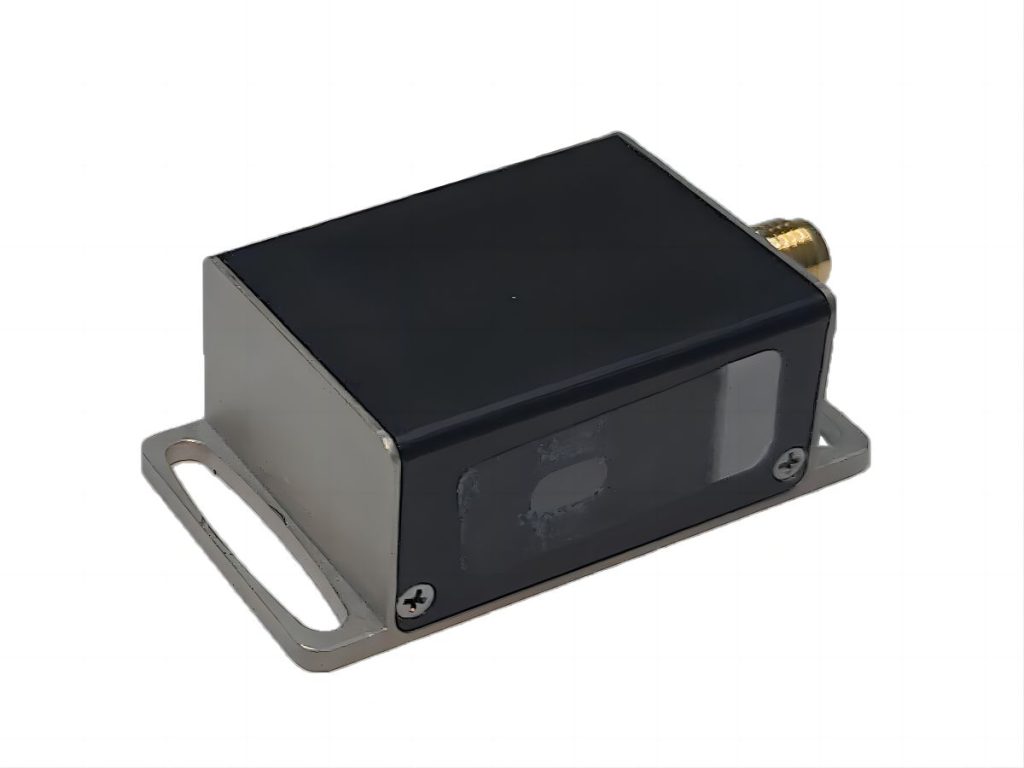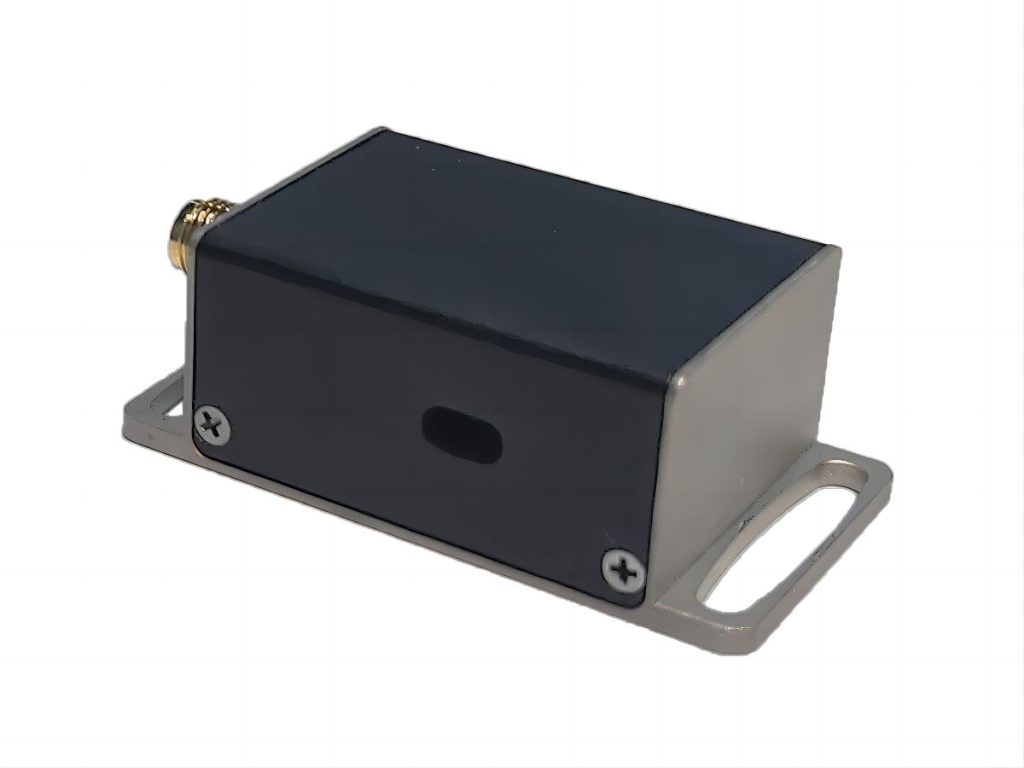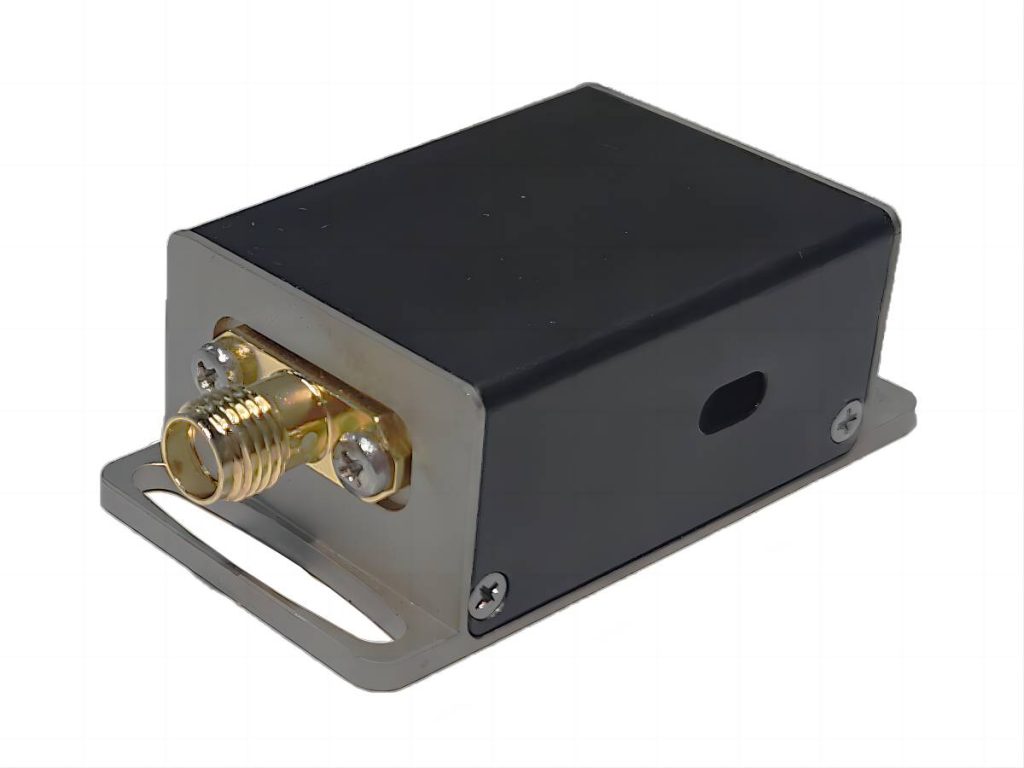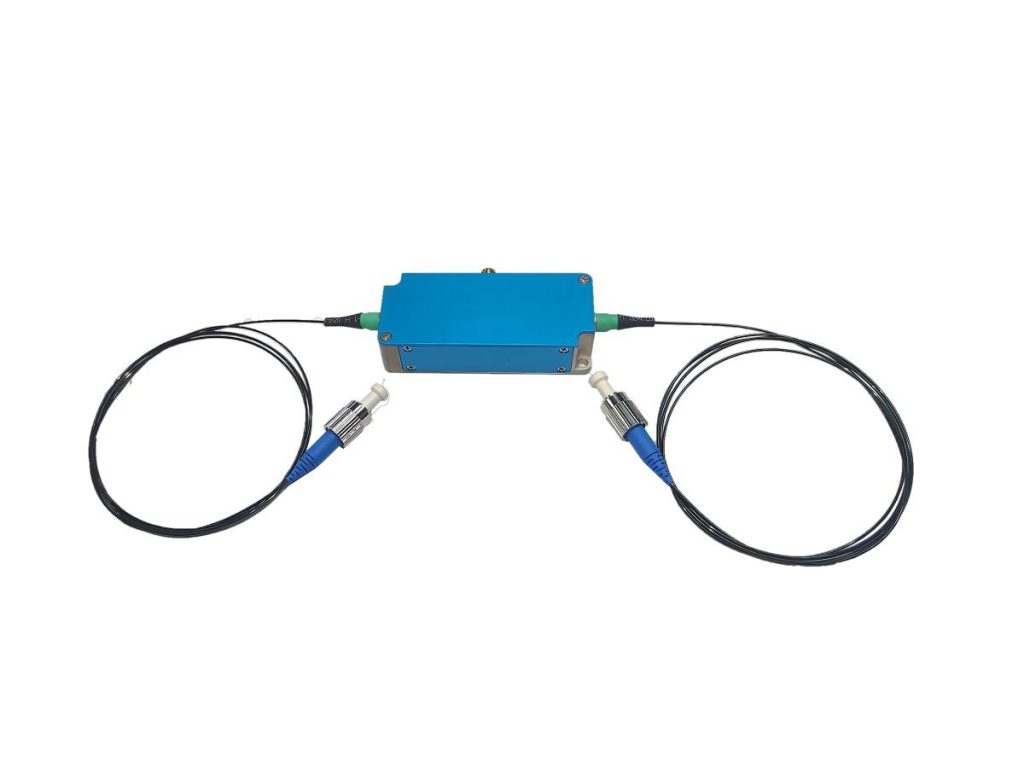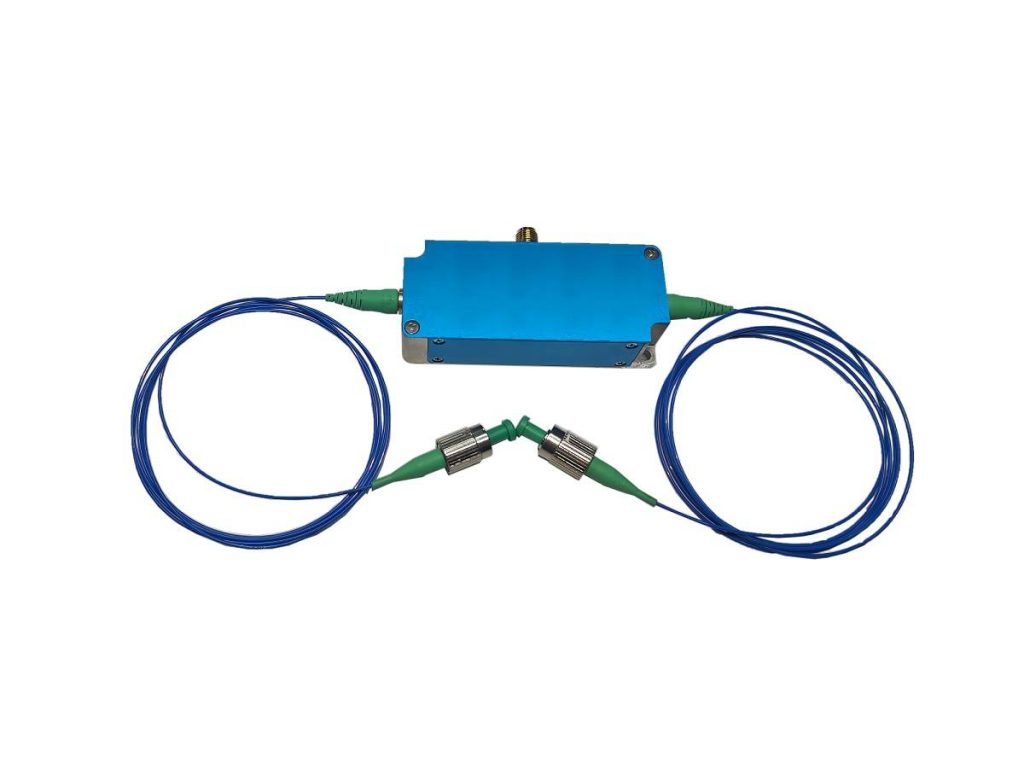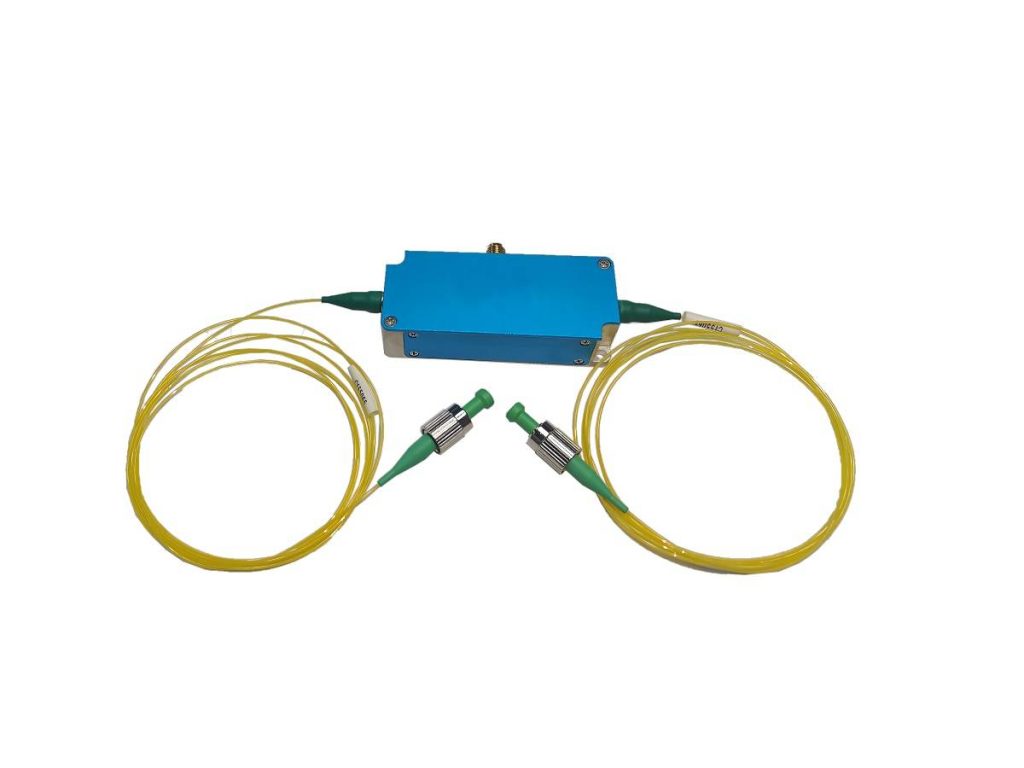What are the Applications of Acousto-optic Modulators (AOMs) in Surgery?
Modern medicine never stands still, and fresh technologies regularly transform the operating room. Among the newcomers is the acousto-optic modulator, a compact gadget that steers light with pinpoint accuracy. By converting sound waves into dynamic optics, the AOM can time-beam paths faster than human reflexes. The device already assists in laser incisions, real-time tissue imaging, and even blood-vessel sealing. Each application enjoys instant brightness control, reduced thermal spread, and unprecedented depth resolution.
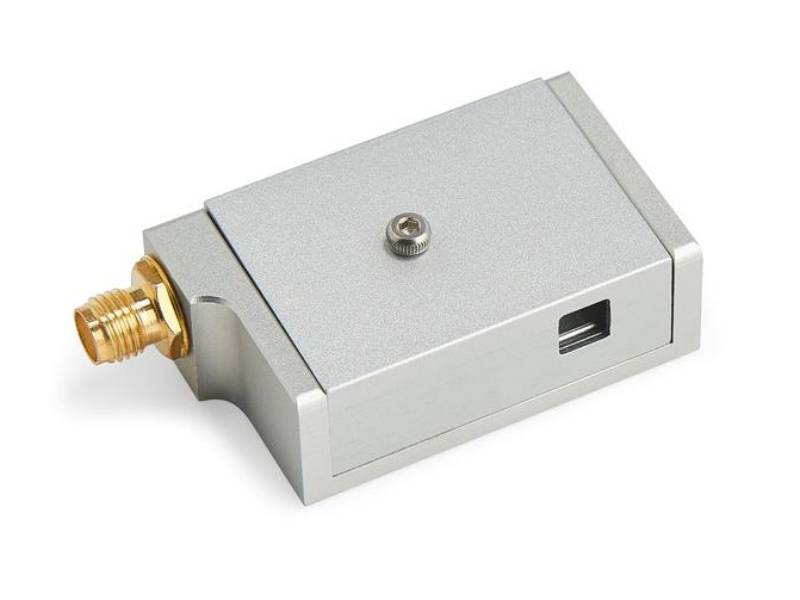
What is Acousto-optic Modulator?
An acousto-optic modulator, or AOM, serves to redirect and shape a light beam using ultrasound. The underlying science is grouped under what researchers call the acousto-optic effect. Briefly, sound waves traveling through a specially chosen solid momentarily alter its refractive the optical fingerprint that governs how rays are bent inside the material. Those temporary index spikes perform the same function as a finely ruled diffraction grating, carving new paths for the incoming light.
Inside any typical AOM sits a piezoelectric transducer paired with a transparent medium such as fused silica or single-crystal quartz. When a voltage pulse is fed to the transducer, it vibrates the optical block and sets up strain waves through its bulk. A probe laser crossing that block gets scattered, shifted in color, or entirely quenched depending on drive frequency and power, offering precise timing for experiments that demand fast, non-mechanical gating.
Numerous parameters determine how well an acousto-optic modulator performs in practice. Among these, sound-frequency selection is perhaps the most immediate consideration. Each distinct frequency induces diffraction at a unique, predictable angle within the optical path. The applied polarization state of the light beam should not be overlooked; variations in the direction of the electric-field vector can modulate the strength of interaction with the wavefront that the transducer generates. Designers frequently observe that certain experimental arrangements yield visibly different output when the beam’s polarization is rotated. Ultimately, the optical substrate itself is equally consequential. Engineers favor materials exhibiting large acousto-optic coefficients because such substances permit compact devices that still produce rapid, high-contrast intensity shifts.
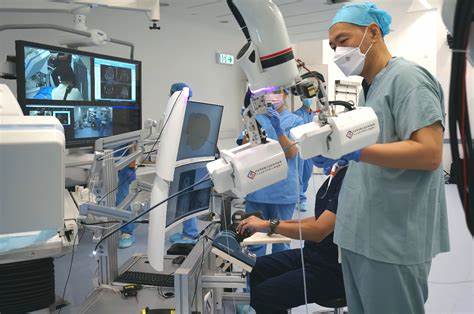
How are AOMs Used in Surgery?
The ability to precisely control light beams using AOMs has opened doors for their application in various surgical settings. Here’s a closer look at some prominent areas where AOMs contribute to improved surgical procedures:
- AOM in Anesthesia and Post-operative Care: Head-mounted devices that enable photoacoustic stimulation often incorporate acousto-optic modulators. By coordinating rapid light pulses with ultrasound waves, these tools direct therapy to specific tissue zones. Clinicians have noted that the combined stimulation can reduce anesthesia-related pain and seems to quicken patients’ overall return to baseline comfort.
- AOM in Photoacoustic Imaging: Accurate internal visualization remains a cornerstone of modern minimally invasive surgery. Tissue that absorbs light and then emits mechanical waves, and AOMs can dictate how those waves are shaped and timed. Surgeons analyze the resulting acoustic data to build near-real-time, high-resolution maps of the operative field, an advance that sharpens spatial guidance during critical moments.
- AOM in Laser Performance Enhancement: Many surgical lasers demand on-the-fly tuning of frequency and intensity to match diverse tissue types. Acousto-optic modules slot into the beam path, granting operators fine-grained control with microsecond latency. This capability proves invaluable when rapid color-shift adjustments can mean the difference between optimal cutting and unwanted collateral damage.
- Physical Optics Education and AOMs: Acousto-optic modulators have settled into undergraduate optics laboratories because they make the abstract notion of light control feel tangible. By sending a sound wave through a crystal, students watch a steady laser beam flicker, shift, and vanish. That small spectacle grounds the theory of Bragg scattering and shows future researchers how sound can choreograph photons.
- Broad Applications in Communication and Processing: Courses about medical lasers usually mention AOMs in passing, yet the devices live far beyond the surgical suite. In fiber-optic networks, engineers treat them as swift, nearly silent routers, directing pulses without the jitter found in electronic switches. Workshop technicians rely on the same genre of modulator to blade the power and profile of a beam during precision cutting or spot welding, letting steel obey software rather than brute force.
- Role in Biomedical Imaging: Detailed snapshots of living tissue demand more than fast optics; they require optics that can be dialed in on the fly. Acousto-optic wheels spin silently inside confocal microscopes and OCT consoles, determining when light arrives and when it holds still. Pathologists then sift the resultant stack of images to pinpoint anomalies that might elude the naked eye, anchoring treatment strategies in evidence gathered slice by slice.
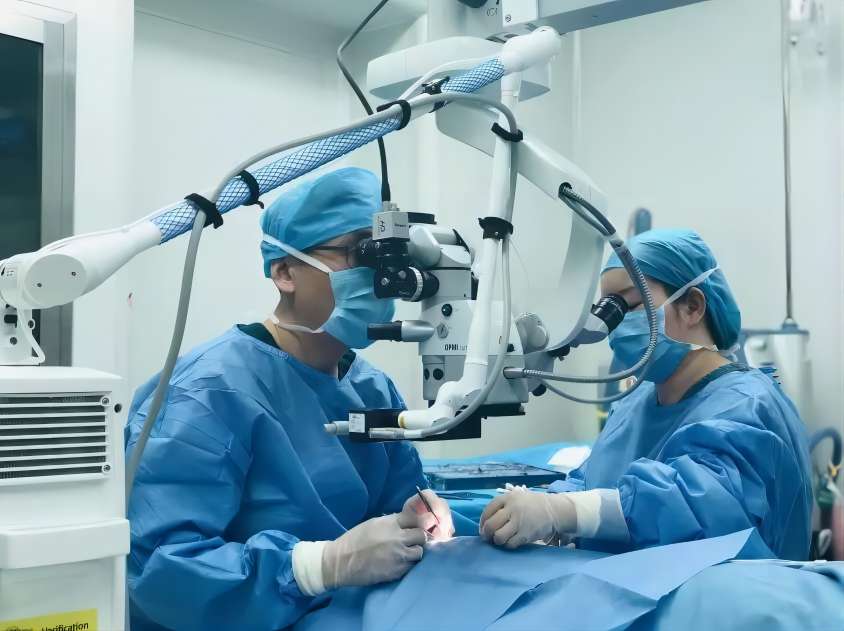
Applications Examples of AOMs in Surgery
Beyond the general applications mentioned above, AOMs bring specific benefits to various surgical procedures across different medical specialties. Let’s delve deeper into some key examples:
- AOM in Eye Surgery: Ophthalmic surgery often involves delicate procedures on the cornea and retina. AOMs are employed in corneal surgery for procedures like corneal incisions and refractive surgery, such as LASIK. By enabling precise and minimally invasive laser cutting of corneal tissue, AOMs contribute to improved surgical outcomes in these procedures. Additionally, in retinal surgery, AOMs assist in accurate laser targeting during procedures like photocoagulation for diabetic retinopathy or macular degeneration. This targeting precision minimizes the risk of collateral damage to healthy retinal tissue.
- AOM in Otolaryngology: Ear, nose, and throat (ENT) surgery often involves navigating intricate anatomical structures. In sinus surgery, AOMs are used to control lasers for the precise removal of diseased tissue within the sinuses. This allows for targeted ablation while minimizing damage to healthy surrounding mucosa, reducing the risk of post-operative complications like bleeding or infection. Furthermore, AOMs play a crucial role in cochlear implant surgery, where delicate nerve structures are involved. By offering precise control over the laser beam, AOMs ensure laser safety during these procedures, minimizing the risk of damage to the auditory nerve.
- AOM in Oral Surgery: Dentistry has also embraced the benefits of AOM technology. In teeth whitening procedures, AOMs regulate the laser energy delivered to the tooth surface, enabling a safe and controlled approach to achieving a brighter smile. Similarly, in periodontal disease treatment, AOMs allow for precise control of laser energy during procedures aimed at removing diseased tissue and promoting tissue regeneration. Additionally, AOMs hold promise in the early diagnosis and treatment of oral cancer. By integrating AOMs with laser imaging techniques, dentists can potentially detect precancerous lesions at an earlier stage, leading to improved patient outcomes.
The Role of AOMs in Laser Processing
While surgery is a primary focus area for AOM applications, its influence extends to the broader field of laser processing. AOMs excel at controlling the intensity and mode of laser beams, which translates to precise control over the laser’s interaction with materials. This precise control is crucial for various industrial applications like:
- Laser Cutting: In laser cutting processes, AOMs ensure clean and precise cuts with minimal material waste. This is particularly beneficial for cutting intricate shapes or delicate materials.
- Laser Welding: AOMs enable precise control over the laser beam’s energy delivered during welding, leading to strong and reliable welds. This control allows for the welding of dissimilar materials or applications requiring minimal heat input.
- Micromachining: AOMs play a vital role in micromachining processes where minute features are created on a material’s surface using lasers. The ability to precisely control the laser beam allows for the creation of highly detailed and intricate microstructures.
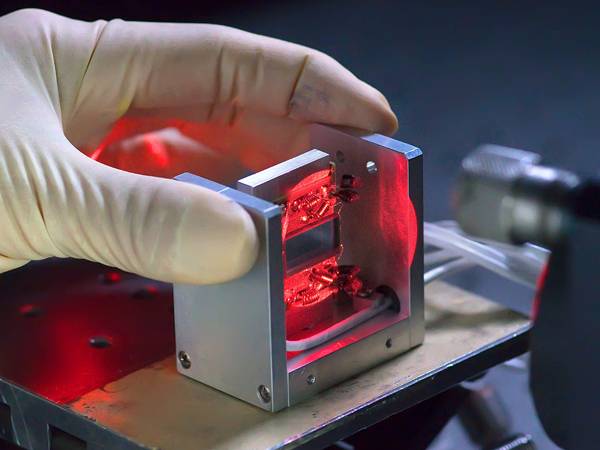
A Bright Future for AOMs in Medicine
When engineers drop AOMs into the operating room, tools now perform surgery with tiny lasers that cut and seal tissue with astonishing precision, minimizing the usual risks and steadily pushing patient outcomes toward the positive side of the chart. As researchers keep tinkering with the crystals and electronics that drive these devices, even bolder applications are on the horizon. Here are a few that excite the community most:
- Refining Minimally Invasive Surgery: AOMs will likely become the beating heart of the next generation of keyhole techniques. Because they steer lasers with pinpoint digital control, the cuts can be smaller, the collateral damage lighter, and patients leave the hospital more quickly, with far less pain.
- Advancing Medical Imaging: Seamless integration with AOMs is set to upgrade almost every imaging modality now in use. One standout is photoacoustic scanning, which, boosted by fast on-off pulses, yields high-resolution color maps of tissue while the surgeon works. Such live, detailed pictures would sharpen every choice made at the table, lifting accuracy and lowering surprises.
- Expanding Applications in Various Medical Specialties: At the moment, active-optical microscopies show up most often in eye, ear-nose-throat, and dental operating rooms. Researchers keep pushing the tech, so those same optical tools should soon slip into dozens of other specialties. When they do, routine procedures in neurosurgery, heart surgery, and cancer surgery could feel fresher and safer for patients and surgeons alike.
Conclusion
Acousto-optic modulators have quietly carved out a vital place in today’s operating rooms and labs. These small devices bend and shape light with surprising finesse, giving surgeons sharper cuts, fewer mistakes, lower complication rates, and happier recovery stories. As the tech keeps improving, it will push minimally invasive techniques, smarter imaging, and the general power of procedures even farther in fields from orthopedics to cardiology. With AOMs at the helm, the next chapter of surgery looks sharper and more innovative than ever.

